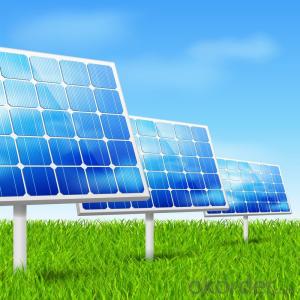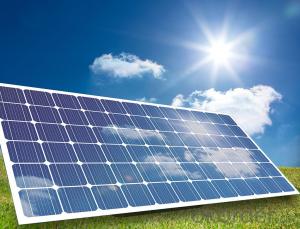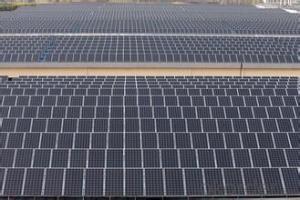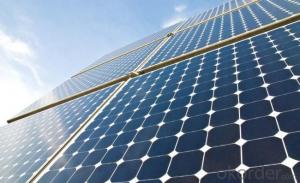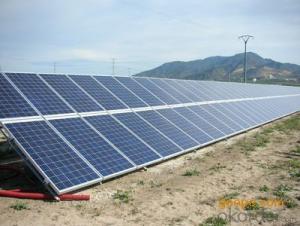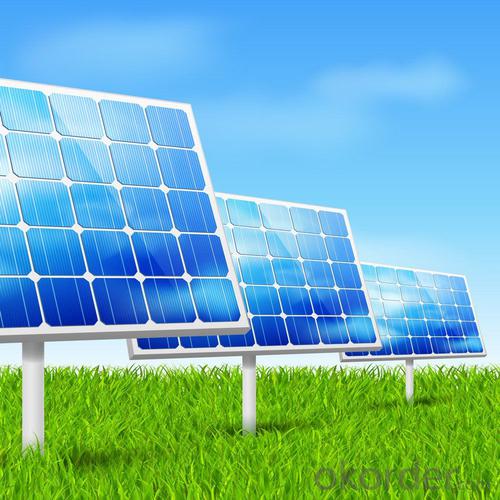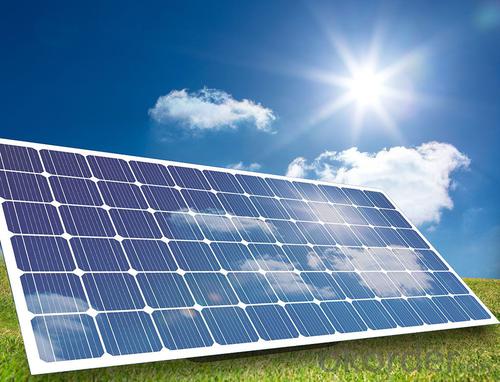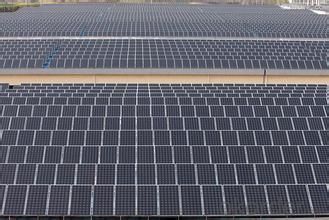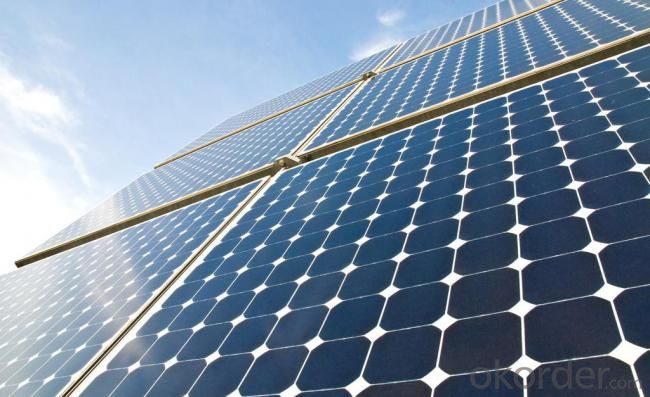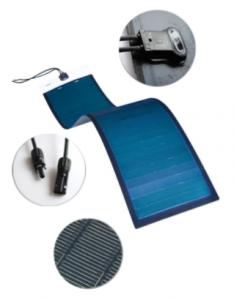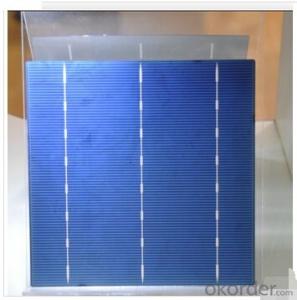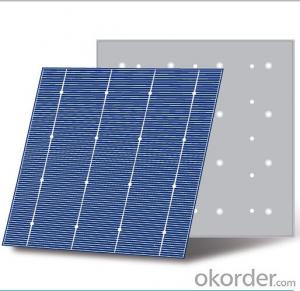Dye Sensitive Solar Cells PhotoVoltaic Thin Film Flexible Amorphous Solar Module
- Loading Port:
- Shanghai
- Payment Terms:
- TT OR LC
- Min Order Qty:
- 11 watt
- Supply Capability:
- 1111111 watt/month
OKorder Service Pledge
OKorder Financial Service
You Might Also Like
1.Structure of Solar Module Description
The solar module is an off-gird solar power generator, designed to provide stable and reliable electricity to homes and communities without access to grid electricity or to those regions where are short of power or even without power. The solar module is convenient to move, easy to set-up with reliable performance, making it ideal for situations where emergency power is required. It is an ideal & reliable energy source for a wide variety of applications, ranging from lighting , radios, fans ,televisions ,computers ,refrigerator. The USB port is compatible with all 5V-USB charged devices. It can also act as a back-up power source during emergency situations.
2.Main Features of the Solar Module
1).High conversion efficiencies resulting in superior power output performance.
2).Outstanding power output even in low light or high temperature conditions
3).Optimized design for ease of soldering and lamination
4).Long-term stability,reliability and performance
3.Solar Module Images
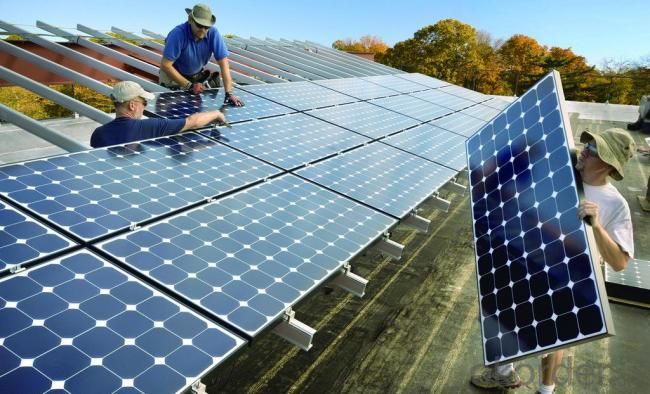
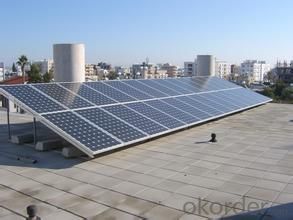
4.Solar Module Specification
| Type | PVL72 11L | ||
| Maximum Power | Pmax | (W) | 72 |
| Voltage at Pmax | Vmp | (V) | 16.5 |
| Current at Pmax | Imp | (A) | 4.36 |
| Short-circuit Current | Isc | (A) | 5.3 |
| Open-circuit Voltage | Voc | (V) | 23.1 |
| Maximum Power | Pmax | (W) | 56 |
| Voltage at Pmax | Vmp | (V) | 15.4 |
| Current at Pmax | Imp | (A) | 3.6 |
| Short-circuit Current | Isc | (A) | 4.3 |
| Open-circuit Voltage | Voc | (V) | 21.1 |
| Length | mm | 2849 | |
| Width | mm | 394 | |
| Area | A | m² | 1.12 |
| Power density unit area | ρp-A | W/m² | 64.14 |
| Weight | W | Kg | 3.9 |
| Power density unit weight | ρp-w | W/Kg | 18.46 |
| Cell Area (356×239) | Acell | m² | 0.9359 |
| Available Area (336×239) | AAA | m² | 0.8833 |
| Available Area Efficiency | ηAAE | % | 8.15% |
| Module Efficiency | ηmodul | % | 6.4% |
5.FAQ of Solar Module
1). Q: Are you a factory or trading company?
A: We are a factory.
2). Q: Where is your factory located? How can I visit there?
A: Our factory is located in Jiangyin, Jiangsu, China, near Shanghai. You are warmly welcomed to visit us!
3). Q: How can I get some samples?
A: Please connect me for samples
4). Q: Can the price be cheaper?
A: Of course, you will be offered a good discount for big amount.
- Q: How do solar cells impact greenhouse gas emissions?
- Solar cells have a significant positive impact on greenhouse gas emissions as they generate electricity without producing any greenhouse gases. The use of solar energy reduces our reliance on fossil fuels, which are major contributors to greenhouse gas emissions, thereby helping to mitigate climate change.
- Q: What is the maximum efficiency achievable by a solar cell?
- The maximum efficiency achievable by a solar cell is determined by the Shockley-Queisser limit, which states that the theoretical maximum efficiency is around 33.7%. However, in practice, most commercially available solar cells have efficiencies ranging between 15% to 22%.
- Q: Can solar cells be used to power remote monitoring systems?
- Yes, solar cells can be used to power remote monitoring systems. Solar panels can convert sunlight into electricity, which can then be used to power various devices, including remote monitoring systems. This makes solar cells a reliable and sustainable option for powering such systems in remote locations where access to traditional power sources may be limited or unavailable.
- Q: Can solar cells be integrated into building materials?
- Yes, solar cells can be integrated into building materials. Building-integrated photovoltaics (BIPV) is a growing trend where solar cells are embedded into roofing materials, windows, facades, and other building components. This integration allows for the generation of electricity while maintaining the aesthetics and functionality of the building.
- Q: Can solar cells be damaged by hail or other weather conditions?
- Yes, solar cells can be damaged by hail or other severe weather conditions. Hailstones can cause physical damage to the surface of solar panels, resulting in cracks or fractures that may affect their efficiency. Additionally, extreme weather events such as heavy rain, strong winds, or lightning storms can potentially cause electrical and structural damage to solar cell systems. Hence, it is important to consider the durability and resilience of solar panels when installing them in areas prone to such weather conditions.
- Q: Can solar cells be used in off-grid applications?
- Yes, solar cells can definitely be used in off-grid applications. Off-grid systems rely on solar energy to generate electricity, making solar cells an ideal and sustainable solution for powering remote locations, cabins, boats, and other off-grid setups. Solar cells capture sunlight and convert it into electrical energy, which can then be stored in batteries for use during periods of low or no sunlight. With advancements in technology, solar cells have become more efficient and affordable, making them a practical choice for off-grid applications.
- Q: How do solar cells perform in cloudy weather?
- Solar cells can still generate electricity in cloudy weather, although their efficiency is reduced compared to sunny conditions. Cloud cover limits the amount of sunlight reaching the solar panels, resulting in a lower energy output. However, modern solar cell technologies are designed to capture diffused sunlight and can still produce a significant amount of electricity even in cloudy weather.
- Q: How much does a solar cell cost?
- If you are using a solar system at home, you may find it from your electricty bill.
- Q: Can solar cells be used to power data centers?
- Yes, solar cells can be used to power data centers. With advancements in solar technology, solar panels can generate enough electricity to meet the energy demands of data centers. Additionally, data centers can integrate battery storage systems to ensure uninterrupted power supply during periods of low sunlight.
- Q: Can solar cells be used in museums?
- Yes, solar cells can be used in museums. They can provide renewable energy to power museum exhibits, lighting, and other electrical systems, reducing the reliance on traditional energy sources and minimizing the environmental impact. Additionally, solar cells can be integrated into the design of the museum building itself, enhancing its sustainability and showcasing a commitment to renewable energy.
Send your message to us
Dye Sensitive Solar Cells PhotoVoltaic Thin Film Flexible Amorphous Solar Module
- Loading Port:
- Shanghai
- Payment Terms:
- TT OR LC
- Min Order Qty:
- 11 watt
- Supply Capability:
- 1111111 watt/month
OKorder Service Pledge
OKorder Financial Service
Similar products
Hot products
Hot Searches
Related keywords
